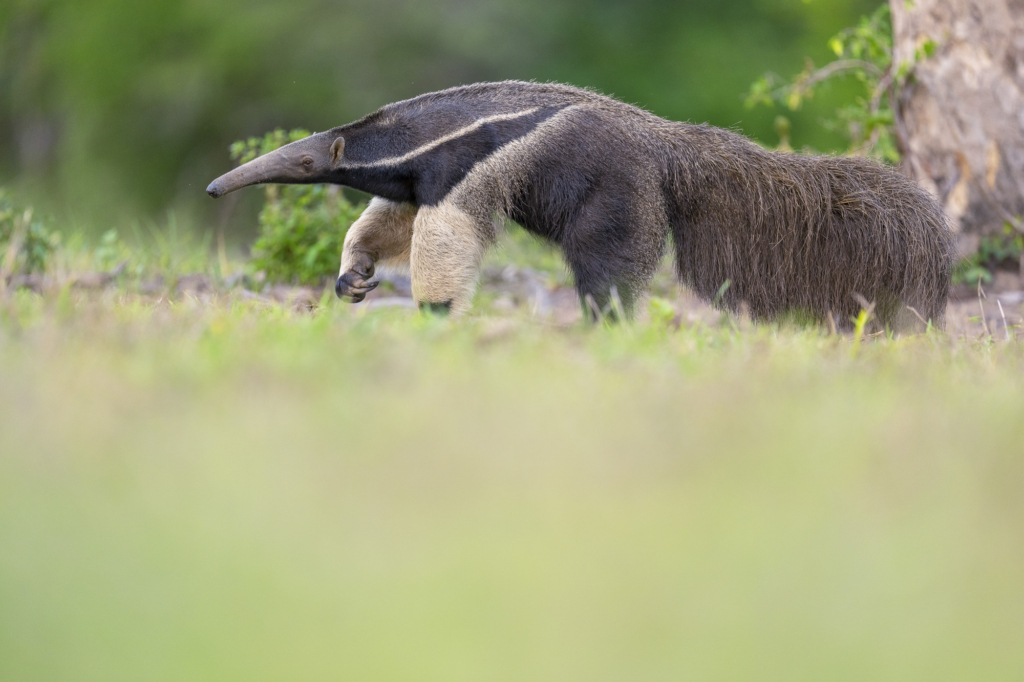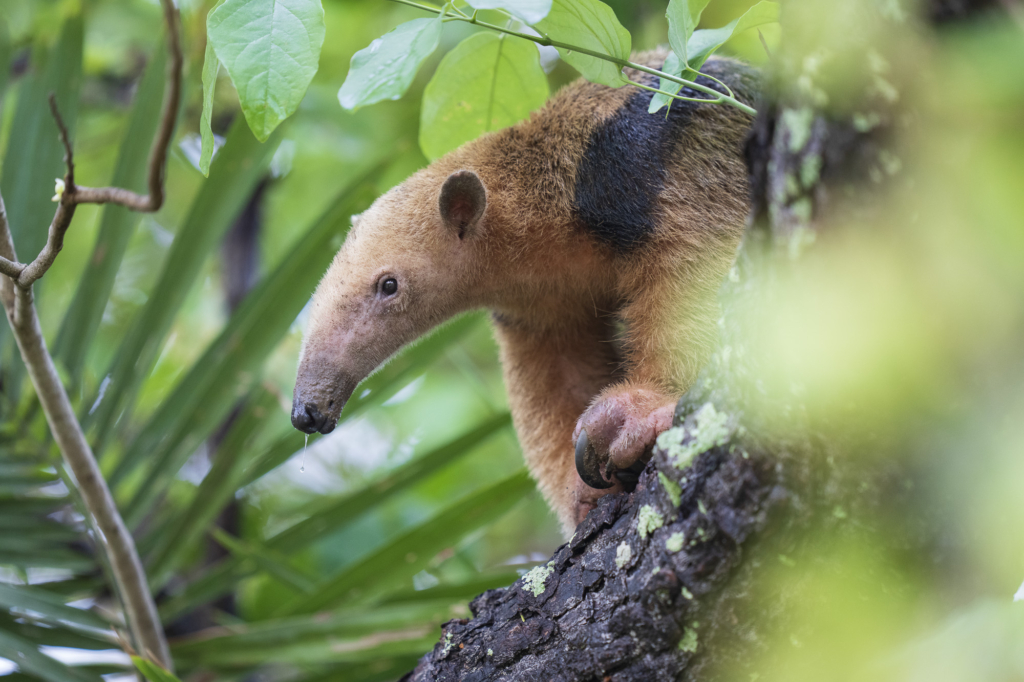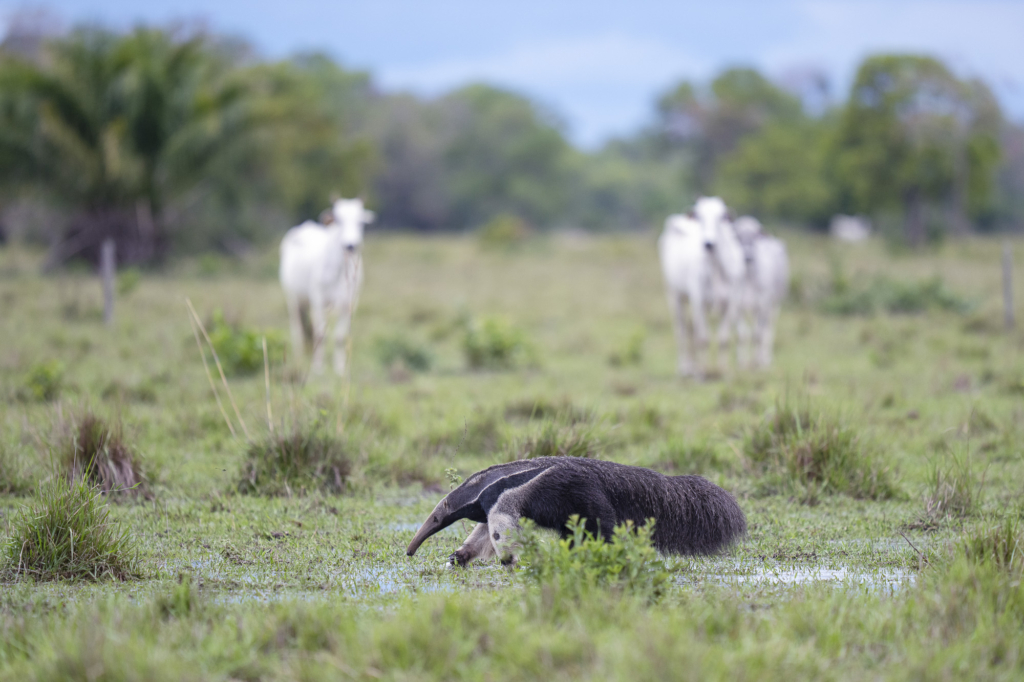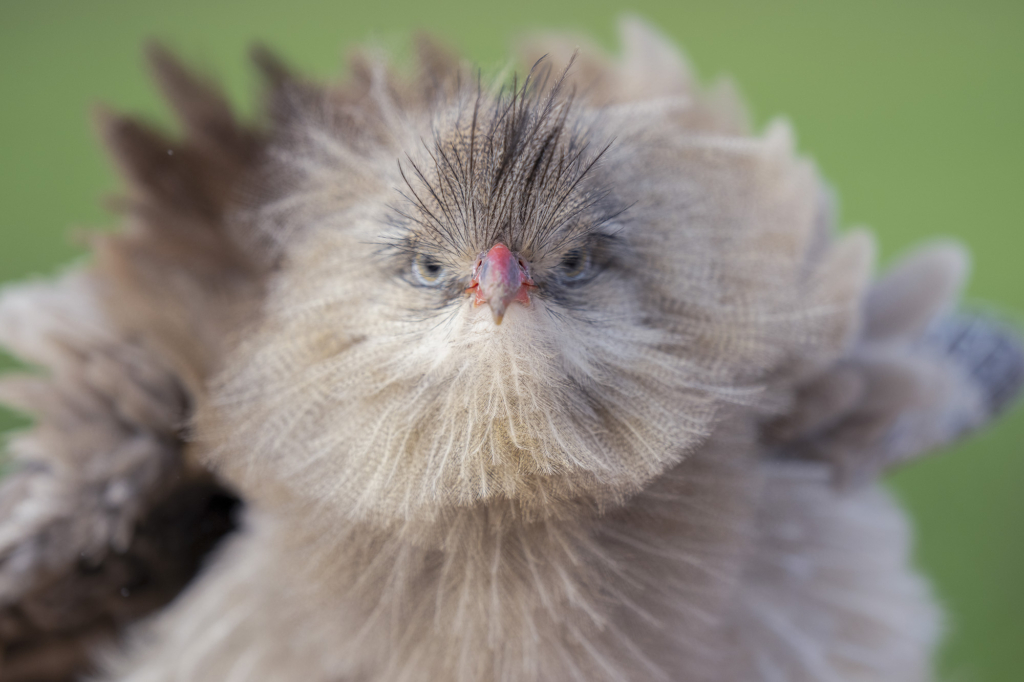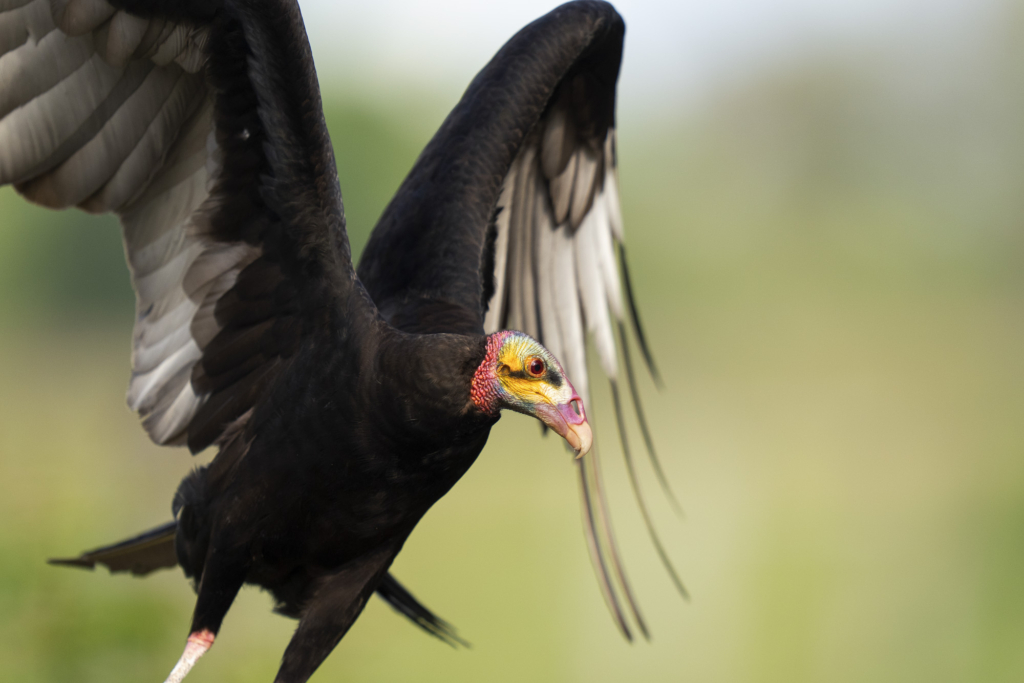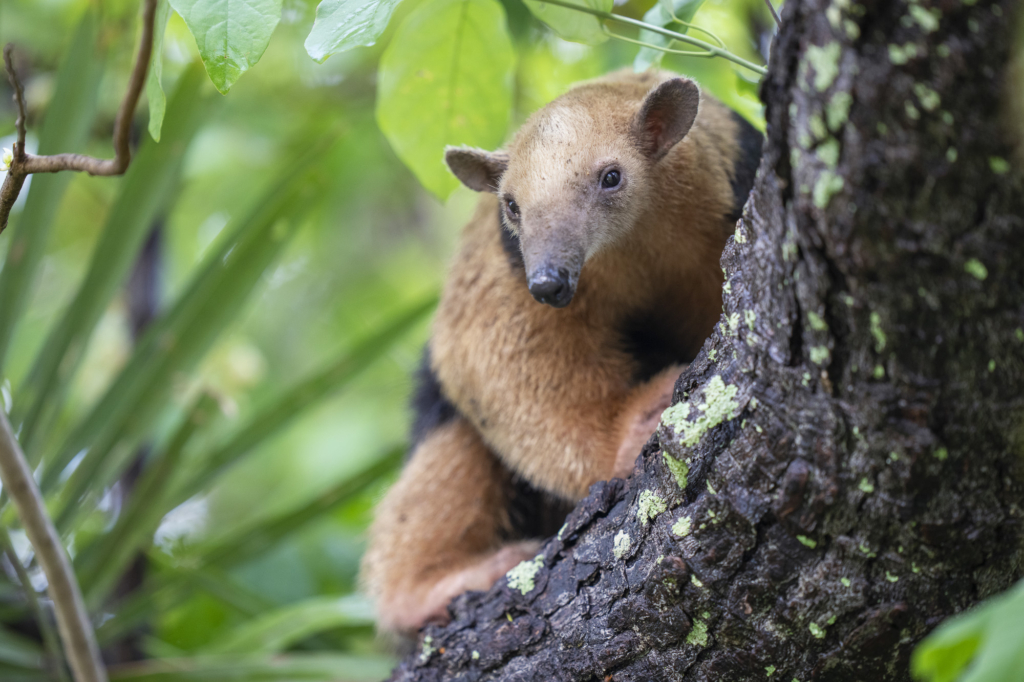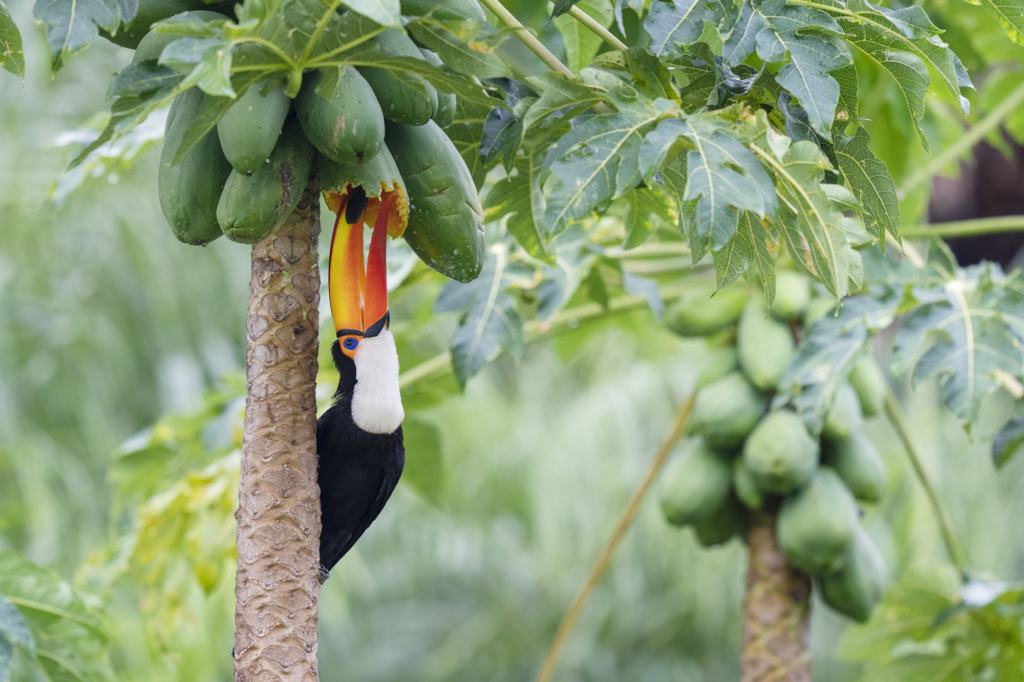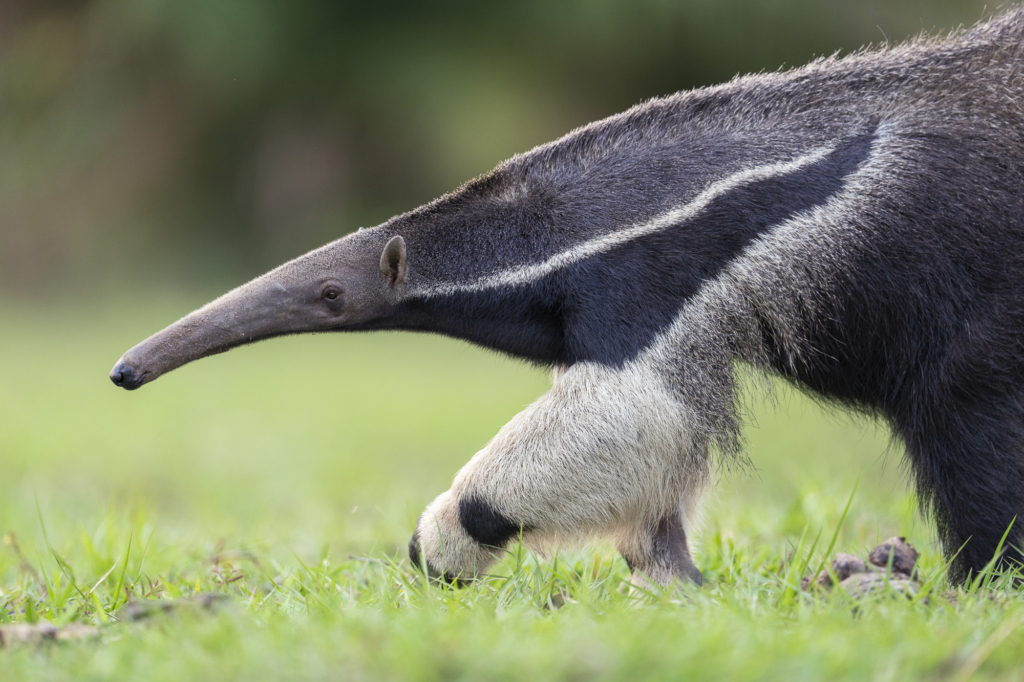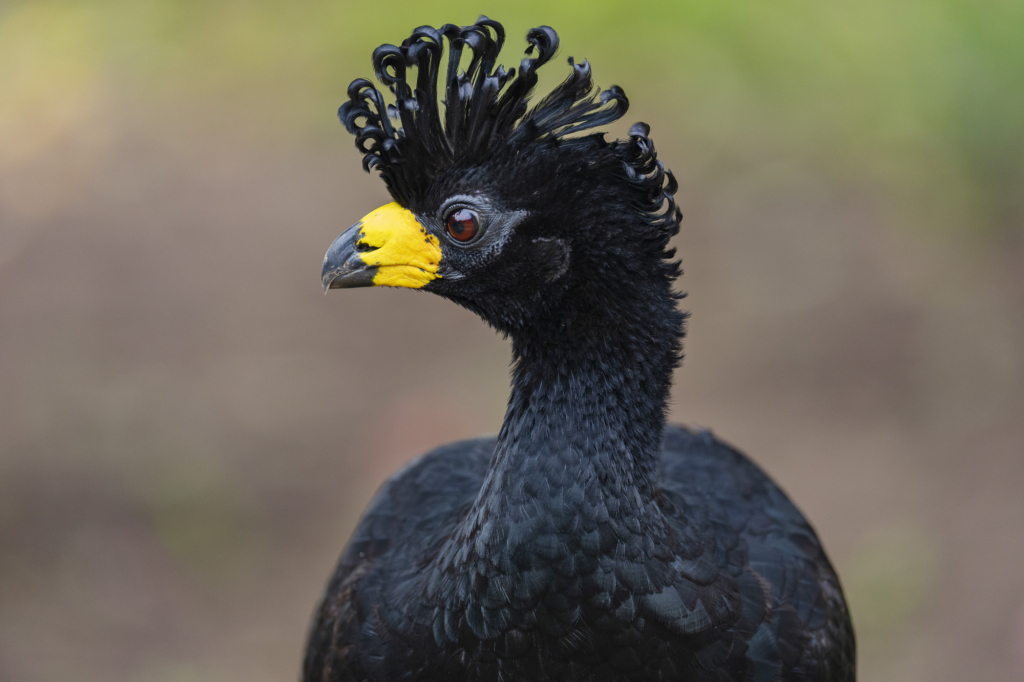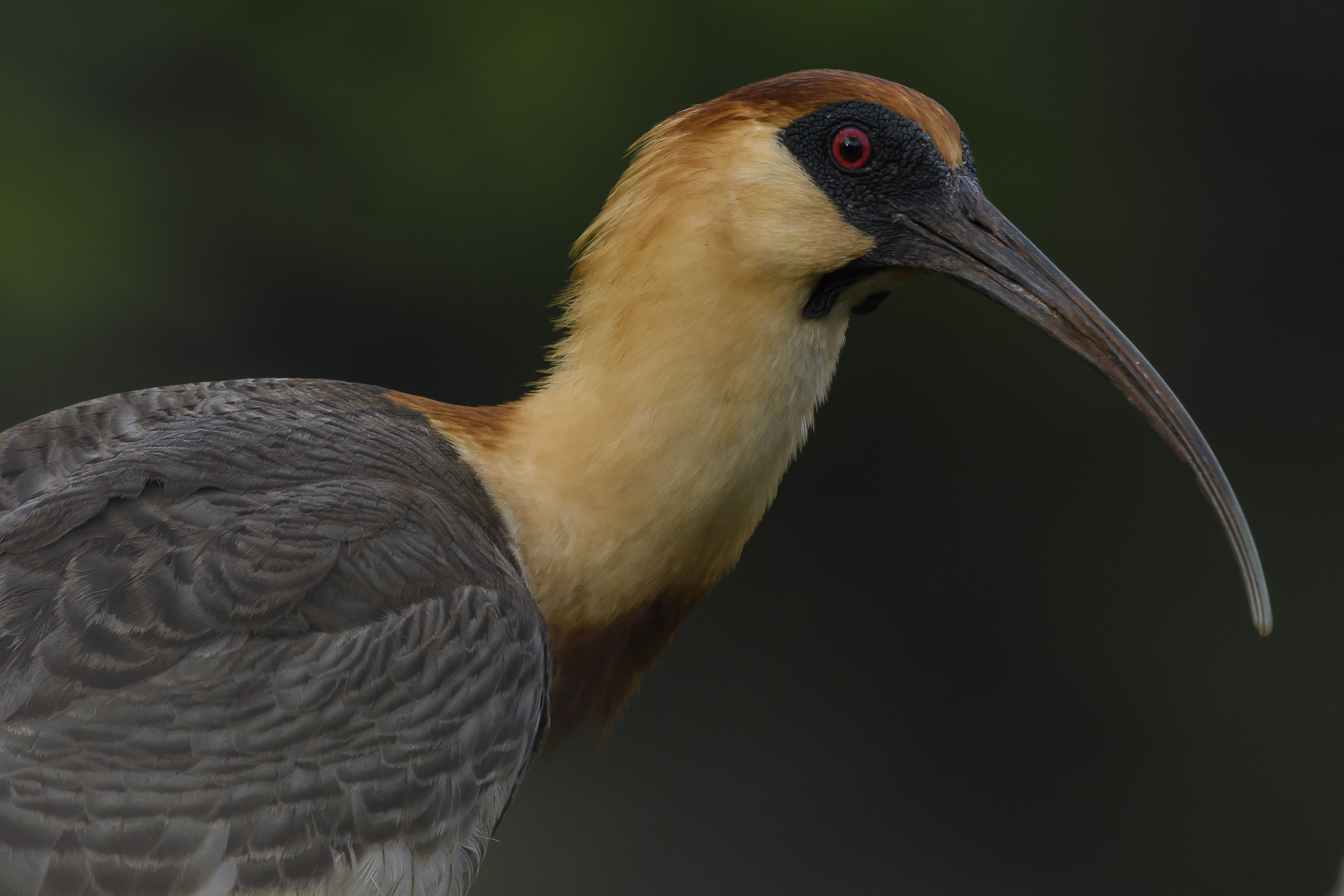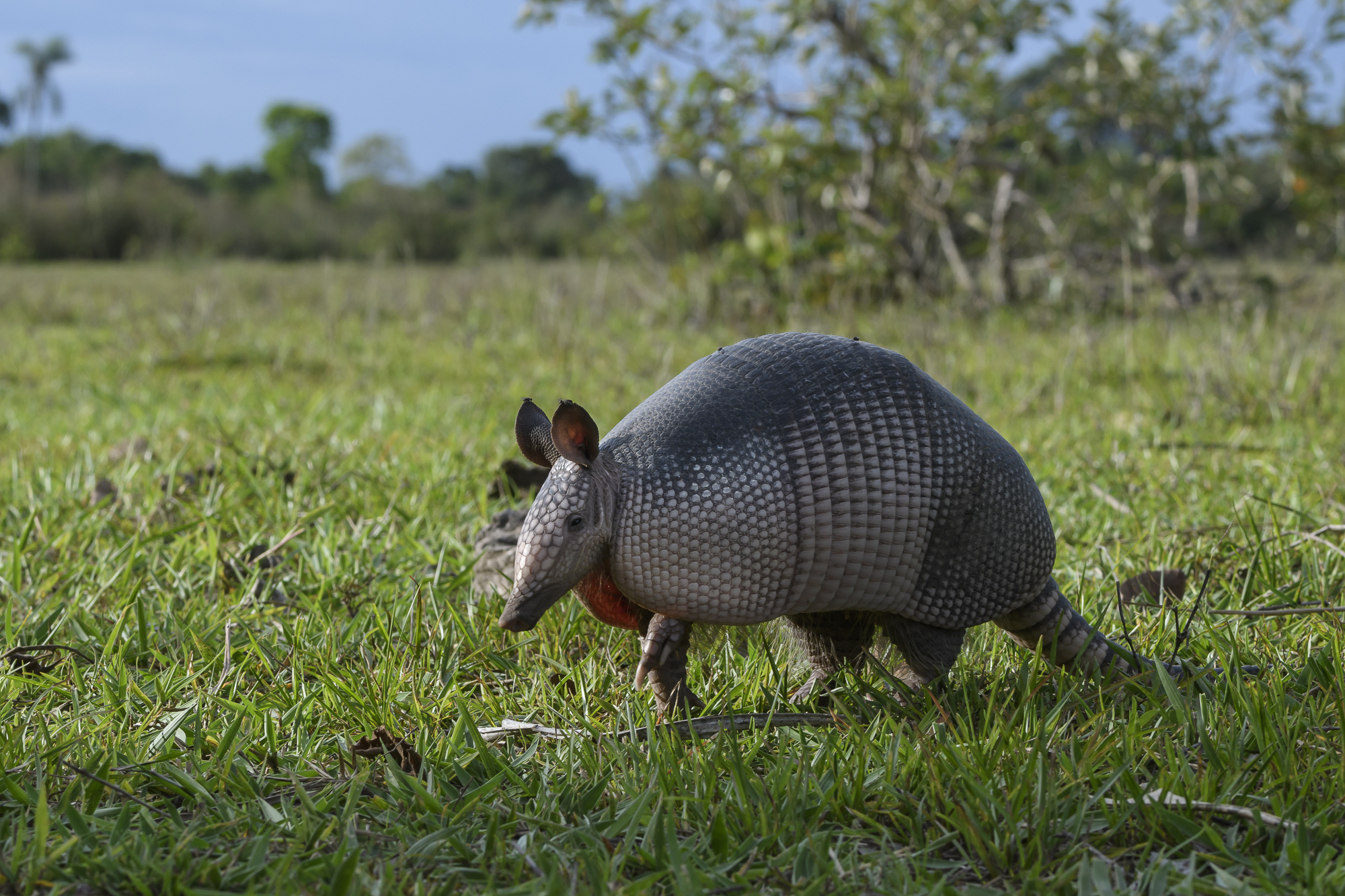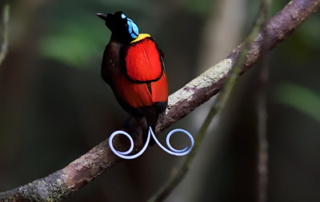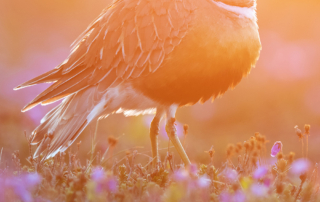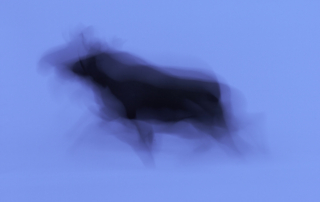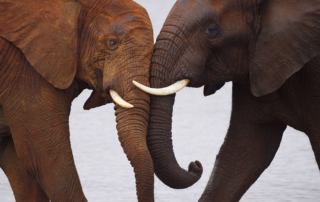This tour is an extension to the tour – Jaguars, Giant otters and Hyacinth macaws Pantanal, Brazil 16th – 23rd september 2024. Read more here…

PANTANAL
Pantanal is one of the World’s most biodiverse areas. It is often called the World’s largest wetland, spreading across hundreds of thousands of square kilometers in Brazil, eastern Bolivia and eastern Paraguay. Thanks to the high concentration of wildlife, high biodiversity and a number of varied habitats, Pantanal is really one of the natural wonders of the World.
This extension tour gives you an opportunity to experience the best of the southern parts of the Pantanal. Here we will be given great opportunities to photograph giant anteaters, Tamandua, caimans and lots of birds with large flocks of Red-and-green macaws as the main attraction. At one of the lodges we also have really good opportunities to photograph the shy cat ozelot.
THE ANIMALS AND BIRDS
In the Pantanal, wildlife is constantly present and here 405 fish species share the space with 600 bird species, 80 mammal species, 1100 butterfly species and 50 reptile species. Endangered and repressed animals such as jaguars, cougars, giant otters, wolves, ozelots, macaws, tapirs and giant anteaters, have found refuge in the difficult-to-force wetlands. On this extension tour, we focus on experiencing and photographing giant anteater, tamandua, capuchin monkeys and Red-and-green macaws and with a good portion of luck ocelot.
In a so-called sinkhole nest large numbers of Red-and-green macaws. The birds are very active and give us unique photo opportunities when they fly over the deep hole and sit on the sandstone wall. We will visit this place several times, which gives opportunities to try some new photo techniques to get some different images. In the vicinity of the gRed-and-green macaws, we will also look for blue-yellow macaws, buff-necked ibis and other exciting birds that can appear in the forest. It’s not uncommon for us to see Puffbirds and Motmot. We will also pay a visit to Rio da Prata to snorkel in the crystal clear water. The river has an enormous wealth of fish, you can almost get the feeling of swimming in an aquarium. Snorkeling equipment is available to borrow. Here in the area there are also plenty of Burrowing owls and at the restaurant where we have lunch, a bird feed usually attracts many different birds such as gold-plated parakeet.
At the next stop on the tour, it’s time to look for ant-eaters. In the area where we live, there is plenty of giant ant-eaters and with a little luck, we have good opportunities to approach them on foot, which means that we can get down to much better photo angles than from vehicles. Here we can also find the smaller and more shy Tamandua, which we hope we will be able to photograph. Of course there is also a lot of other things to photograph here, there are e.g. capybara, cayman, foxes and armadillos. With a little luck, we will be able to photograph both six-band and nine-band armadillos.
The bird life is very rich with i.a. macaws, toco tucans, owls and jabiru storks. With a portion of luck, we can take part in the other major attraction here, the ozelots that are in the area. After dark, one or more ozelots usually come near the lodge and they can be very fearless. This gives us good conditions to be able to photograph these beautiful cats.
During the trip, we will also have time for a photo workshop where we go through techniques and photo ideas for the coming days photography. As usual, we also look at image composition and each other’s images, all to develop your particular photography.
Itinerary
Day 1 (23/9) (Dinner)
The extension tour begins with us taking a flight to Campo Grande in the afternoon and then further transport to our hotel in Bonito.
Day 2 (24/9) (Breakfast – Lunch – Dinner)
After breakfast we go to Buraco das Araras, a so-called sinkhole where large numbers of green-winged macaws nest. The entire morning is spent in the area around the sinkhole. We have lunch at Rio da Prata, here there are often a lot of birds to photograph, before we go back to Buraco das Araras. The entire afternoon is spent in the area around the sinkhole. In the evening we go to our hotel in Bonito.
Day 3 (25/9) (Breakfast – Lunch – Dinner)
After breakfast we start our journey to our next lodge (about 4 hours journey).
When we arrive at the lodge, we eat lunch and, depending on the time, we can devote ourselves to some photography in the immediate surroundings. Here we can find lots of birds and not infrequently we see armadillos. We then go out on safari to look for e.g. anteaters.
Day 4 (26/9) (Breakfast – Lunch – Dinner)
On both the morning and afternoon safaris, we go out to look for giant anteaters and other exciting animals. During the day, there is the opportunity to rest or take your own photos, there are a lot of birds in and around the lodge.
Day 5 (27/9) (Breakfast)
After breakfast we go to Campo Grande airport in good time before our departure. The extension journey ends here.
Flight to Scandinavia.
More information
Photographic leader
Staffan Widstrand, born in 1959 is a photographer and writer. Sony Imaging Ambassador.
Staffan is one of Sweden’s internationally most recognized photographers. In 2011, Outdoor Photography Magazine called him ”one of the most influential photographers in the world”. Appointed ”Wildlife photographer of the year” in Sweden and a winner of international photo competitions, such as:
Wildlife Photographer of the Year
European Nature Photographer of the Year
Emirates Wildlife Photographer of the Year
Årets Bild i Sverige
PGB Awards
Staffan has been on the jury of several international photo competitions and was one of the main jury members in World Press Photo 2013.
Published in most of the major magazines in the world, such as National Geographic Magazine, GEO, Stern, Der Spiegel, Le Figaro, La Repubblica, El Mundo, El País, Natur, Terre Sauvage, Animan, Veja Brazil, The Guardian, The Sunday Times, FOCUS, Yomiuri Shimbun och Shanghaibaserade The Bund Pictorial.
Staffan has had international solo or group exhibitions in Toronto, at the Swedish Embassy in Tokyo, at Tromsø Museum, at Bodø Museum, at the Kunst-und Ausstellungshalle in Bonn, Oslo City Hall, Finlandia Hall in Helsinki, the Swedish Embassy in Washington, in Mérida, Mexico, in Mexico City, in Salamanca, Spain, at the National Zoological Museum in Beijing, in Chengdu, Tianjin, Shanghai and Shenzhen, China, at the National Museum of Wildlife Art in Jackson Hole, the museum of Torino, Italy as well as major outdoor exhibitions in The Hague, Prague, Berlin, Madrid, Copenhagen and Stockholm. In Sweden, he has had exhibits at Kulturhuset in Stockholm, the regional museums in Kristianstad, Luleå and Malmö, at Fotomässan in Gothenburg and in Stockholm, as well as at the Skansen, Kolmården and Borås Zoos, at Hornborgasjöns Konsthall and at Bränneriet Art in Österlen.
Staffan has published 18 books, four of which have been winners of the WWF Panda book award.
A picture editor at Natur & Kultur publishers in Stockholm for 5 years, a nature tour guide and tour production manager all across the world for many years. Appointed as Visiting Professor at the Beijing Ministry of Culture Old University, and he is also one of the founders of a possible ”Wild Wonders of China” initiative.
Staffan is a member of the Swedish Nature Photographers Association (Naturfotograferna/N)
Website: www.staffanwidstrand.se
www.wild-wonders.com
www.rewildingeurope.com
www.wildwondersofchina.com



